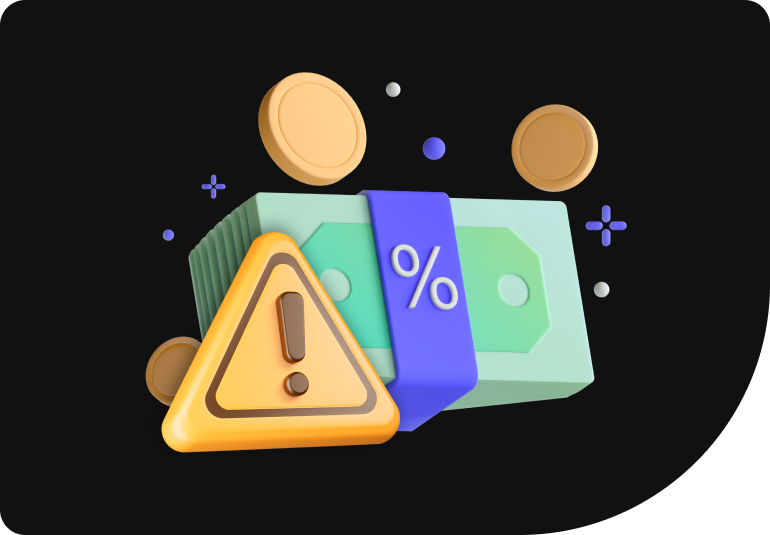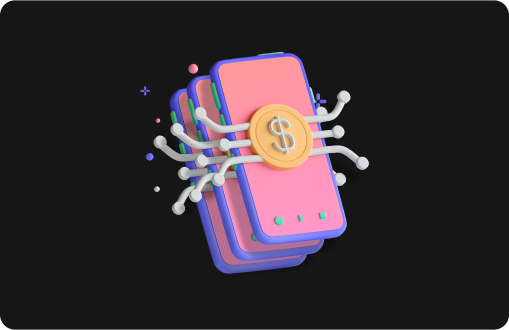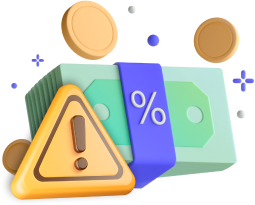Chapter 13 : What are the risks of
using DeFi?
Exploring the Risk of
Decentralized
Finance

Introduction: Decentralized Finance (DeFi) has gained significant traction in recent years, offering innovative financial services and products built on blockchain technology. While DeFi presents exciting opportunities for financial inclusion and innovation, it is essential to recognize and understand the potential risks involved. In this Chapter, we will explore the various risks associated with DeFi and how to mitigate them effectively.

-
Smart Contract Vulnerabilities: DeFi protocols rely heavily on smart contracts, which are self-executing contracts with the terms of the agreement directly written into code. However, smart contracts are not immune to bugs or vulnerabilities, and coding errors can lead to significant financial losses. It's crucial for users to conduct thorough audits and due diligence before interacting with DeFi protocols to minimize the risk of smart contract exploits.1
-
Market VolatilityThe cryptocurrency market is highly volatile, with prices fluctuating rapidly based on various factors such as market sentiment, regulatory developments, and macroeconomic trends. DeFi users are exposed to the inherent volatility of digital assets, which can result in sudden and substantial losses. It's essential for users to exercise caution and only invest what they can afford to lose when participating in DeFi activities.2
-
Impermanent Loss: Web3 introduces new approaches to identity and authentication, allowing users to control their digital identities and selectively share personal information with trusted parties. Decentralized identity solutions, such as self-sovereign identity (SSI), aim to give users greater privacy, security, and control over their personal data.3
-
Centralization Risks: Despite the decentralized nature of DeFi, certain protocols and platforms may exhibit centralization risks due to factors such as governance structures, token distribution, and control over key infrastructure. Centralization can undermine the core principles of decentralization, leading to censorship, manipulation, and counterparty risk. Users should evaluate the decentralization of DeFi projects and platforms before entrusting them with their assets.4
-
Regulatory Uncertainty: The regulatory landscape surrounding DeFi is still evolving, with regulators around the world grappling with how to address this innovative sector. Uncertainty regarding regulatory compliance and enforcement actions can pose significant risks to DeFi users, including legal liabilities, asset freezes, and platform shutdowns. It's essential for users to stay informed about regulatory developments and seek legal advice if necessary to ensure compliance with applicable laws and regulations.5
Conclusion: While DeFi offers exciting opportunities for financial innovation and empowerment, it is not without its risks. By understanding and addressing the potential risks associated with DeFi, users can make informed decisions to protect their assets and participate safely in this rapidly evolving ecosystem. Continuous education, due diligence, and risk management practices are essential for navigating the complexities of DeFi and maximizing its benefits while minimizing potential drawbacks.

Chapter 12 :
The 3 Best DeFi Insurance decentralised applications
Decentralized Finance (DeFi) has revolutionized the traditional financial landscape by offering.

Chapter 14 :
NFTs and Creators
Non-Fungible Tokens (NFTs) have surged in popularity, revolutionizing the way digital assets are created


